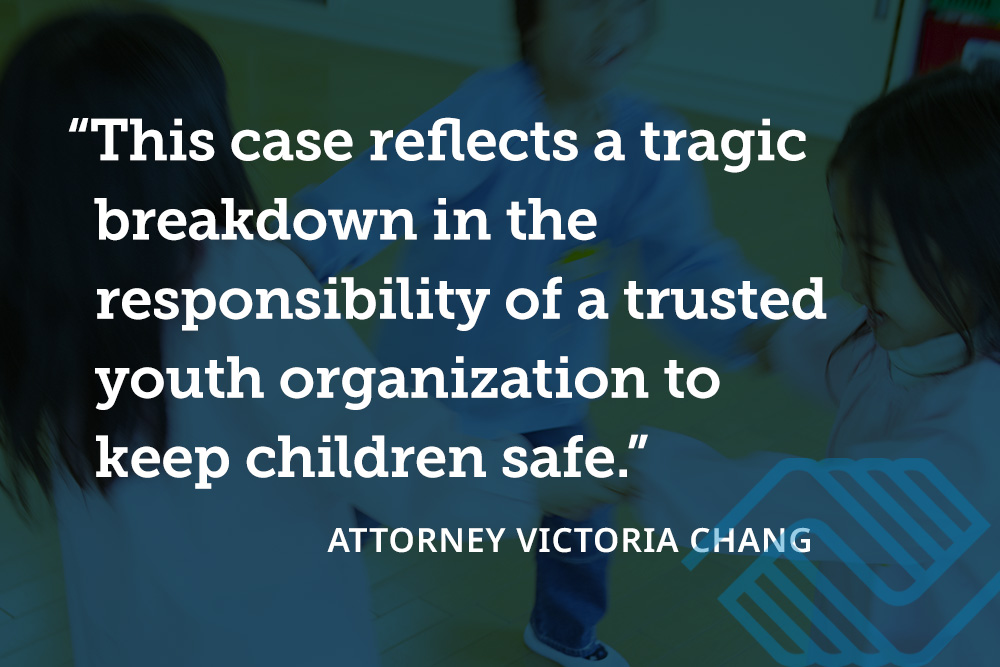
About three percent of babies born in the United States each year are affected by birth defects. Birth defects, also called congenital defects or malformations, may be mild or severe, and can have a profound effect on the child and the family.
Care Providers Can Bridge the Gap
Access to prenatal care has been shown to have a sizable impact on fetal health. Health care providers can perform tests during pregnancy to assess the health of the fetus and screen for potential birth defects. They can also ask questions to help see if the pregnant person has been exposed through work or location factors to harmful chemicals or pesticides that could cause birth defects. For example, farm workers and workers in semiconductor factories have been found to have higher rates of birth defects because of exposure to chemicals before or during pregnancy.
Health care providers will also help plan adequate nutrition and connect women who can’t afford high-quality food and prenatal vitamins with services. Health care providers can perform diagnostic tests to assess the risks for and diagnose some birth defects to help potential parents make informed decisions and plans for their children.
But many prospective parents don’t have adequate access to prenatal care to help prevent birth defects. They also may not have received the vaccinations necessary to prevent pregnancy complications. These factors can create a disparity in birth outcomes between socioeconomic and ethnic groups and lead to higher rates of birth defects in groups who are less likely to receive conscientious health care and to be able to afford high-cost procedures and devices.
Causes and Types of Birth Defects
Although some birth defects are genetic and may not be easily prevented, other birth defects are caused by exposure to dangerous chemicals, lack of adequate nutrition, and exposure to infectious diseases before and during pregnancy. Some birth defects may be caused by a combination of factors, such as a genetic factor that increases sensitivity to an environmental hazard. Still other defects can be caused by lifestyle choices, such as drug use or smoking, and parental medical conditions, including diabetes or obesity. About 30% of the causes of birth defects are known, but the remaining 70% are of unknown or indistinct origin.
Birth defects may be visible or invisible. For example, limb abnormalities, Down syndrome, neural tube defects, and cleft palates are usually visible at birth or soon after. However, defects in internal organs or visual or hearing deficits may not be easily determined at birth. Many birth defects may lead to higher risk of death. In fact, worldwide, nearly 240,000 Infants die each year within 28 days of birth. Birth defects contribute to another 170,000 deaths of children ages 1-5 each year. In the United States, birth defects are estimated to be the cause of 20% of infant deaths.
Birth defects may also lead to lifelong disability, causing emotional distress and financial hardship for their families. Surgeries and medications may be able to cure some birth defects or provide relief from the symptoms, but other birth defects victims may need medical aides and expensive devices to ensure they can lead a full life.






